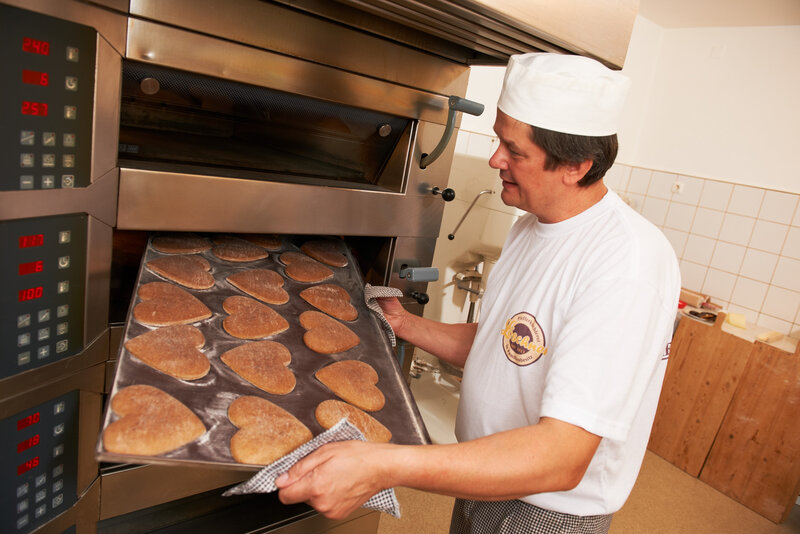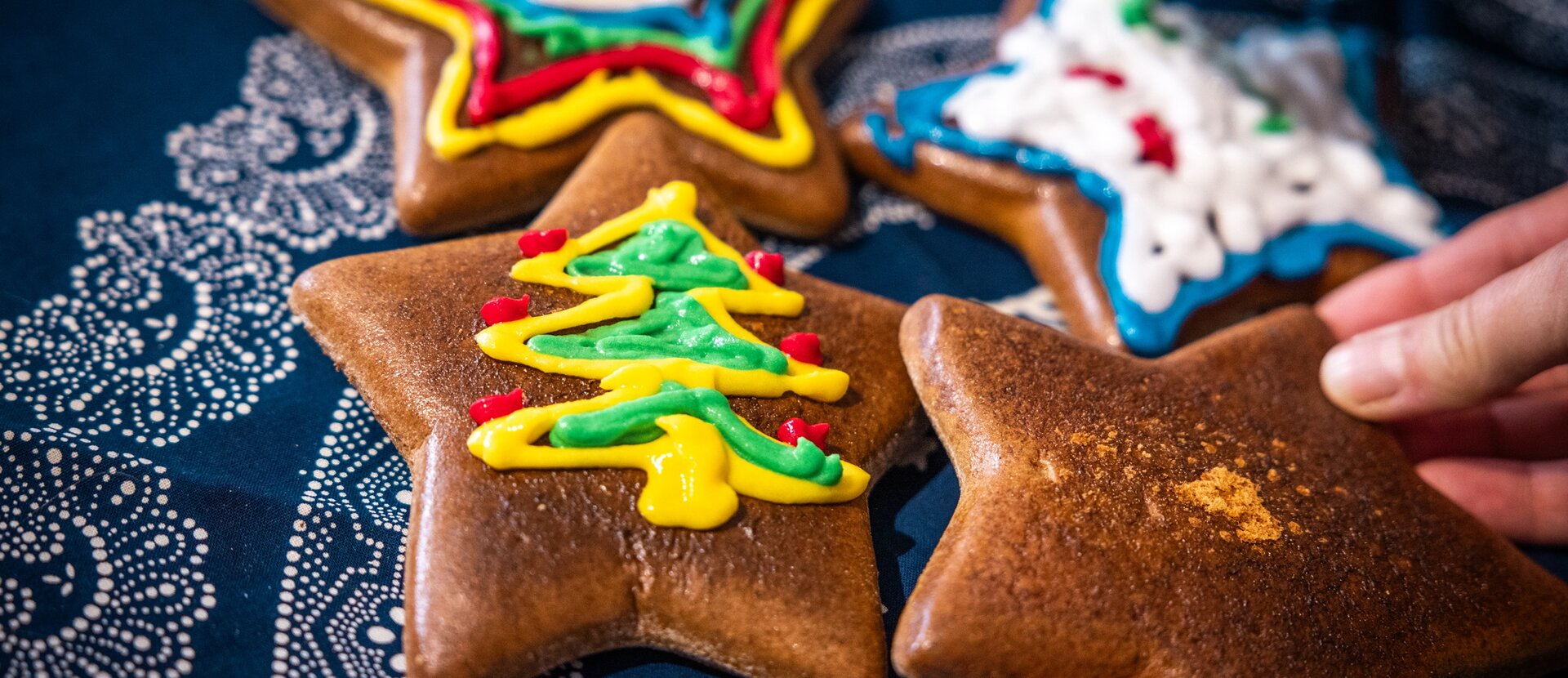
When you say Pulsnitz, you mean gingerbread. For centuries, the small town in Upper Lusatia has been inextricably linked with the spicy-sweet pastry, which is known far beyond the borders of Saxony. Eight artisan gingerbread makers and a gingerbread factory continue the ancient art to this day. They make Pulsnitz a special place for connoisseurs, lovers of tradition and the curious.
The history of Pulsnitz gingerbread dates back to 1558. In that year, the landlords of the time, the von Schlieben family, granted Pulsnitz bakers a special privilege. They were allowed to bake gingerbread not only for their own use, but also for sale. This was the beginning of a success story that continues to this day.
Pulsnitz soon became a stronghold of the gingerbread trade. In 1654, the term "Pfefferküchler" was first mentioned in a document, and just one year later, Pulsnitz bakers offered their wares at the Dresden Striezelmarkt - then, as now, one of the most famous Christmas markets in Germany.
But the road to success was not always easy. In the 17th century, there were several disputes with other towns, such as Kamenz and Dresden, who wanted to prohibit the Pulsnitz bakers from selling their gingerbread outside the town limits. In the end, even Elector Augustus the Strong ruled in favor of the people of Pulsnitz.
On September 5, 1721, he confirmed their right to continue selling at markets throughout Saxony. This laid the foundation for Pulsnitz's reputation as a "gingerbread town" to this day. A particular boom came in the 18th century. The Pulsnitz baker Tobias Thomas brought back new ideas and recipes from his travels in Thorn, now Toruń in Poland - and turned the craft into a flagship of the town. Initially, the gingerbread bakers were still part of the bakery trade, but in the 19th century, the first independent gingerbread bakeries were established in Pulsnitz, specializing exclusively in gingerbread. The gingerbread confectioners sold their wares at markets in Dresden, Chemnitz and Leipzig. They often traveled across the country by horse and cart. Their products received awards at industrial and trade exhibitions and some businesses were even allowed to call themselves purveyors to the court.
Quality control that tastes good
To this day, the dough is made in the traditional way: It is allowed to mature for weeks and months before it is processed. This long storage period gives Pulsnitz gingerbread its unique aroma and special texture. A quality feature that sets them apart from other types of gingerbread.
Even in the 21st century, gingerbread baking in Pulsnitz is a genuine piece of artisan culture. One person who preserves it is Peter Kotzsch, owner of Pfefferküchlerei Löschner, together with his wife Gabi. "For us, it's gingerbread time all year round," he says. "Although the pre-Christmas period is the period with the highest turnover, we bake all year round - from Easter bunnies made from gingerbread dough to hearts for Mother's Day." Each Pfefferküchler business bakes according to its own recipes, which are passed down from generation to generation.
From the end of October, long queues form in front of the stores. Many guests come to Pulsnitz especially to stock up on gingerbread for the Christmas season. "We clearly notice that the number of tourists has increased," says the gingerbread maker. "Many are coming for the first time, trying things out and wanting to know more about the craft." Over the years, a loyal number of regular customers have developed.
The Pulsnitz gingerbread has also long since found fans abroad. "We now send our gingerbread to Austria, Switzerland and South Tyrol, but also to the USA, Canada and Singapore," reports Gabi Kotzsch. "Once someone even called from Mali - a soldier from the German army who had our gingerbread sent to Africa by field post. That was really something special."
The fact that every Löschner gingerbread tastes consistently good is no coincidence. Quality control is not based on laboratory values or measuring devices, but on taste. "Our employees are the daily quality control, so to speak," says Peter Kotzsch with a smile. Gingerbread is eaten in the factory every day - sometimes filled, sometimes unfilled. Everyone has their favorite. "If at some point nobody wants to try any more, then I know something is wrong."
The Pulsnitz gingerbread market
When the scent of honey, spices and chocolate wafts through the streets at the beginning of November, Pulsnitz is transformed into a paradise for connoisseurs. Every year, the gingerbread market takes place at this time - a festival that has become an integral part of the town's history since its premiere in 2003. In 2025, gingerbread fans should make a note of November 7 to 9.
On this weekend, all the gingerbread bakeries present their stalls on the market square. Here, visitors can experience the whole variety of Pulsnitz gingerbread - filled lace, honey cake, orange taler, cobblestones, garnished hearts and figurines. Each business has its own specialties, and those who like can compare the different varieties directly.
In addition to the sweet treats, the market offers a colorful program with traditional crafts, music and family activities. The Pfefferküchler work on the preparations months in advance. "We start planning as early as January," says Gabi Kotzsch. The members of the Pulsnitzer Pfefferkuchen und Pulsnitzer Lebkuchen e. V. association and the participating traders discuss road closures, safety concepts and the program. "It's a lot of work - but it's worth it every year." For children, decorating gingerbread in the gingerbread museum is a highlight of the festival. A tip for visits outside of the gingerbread market: the gingerbread trail takes visitors to the traditional businesses and tells their stories.

